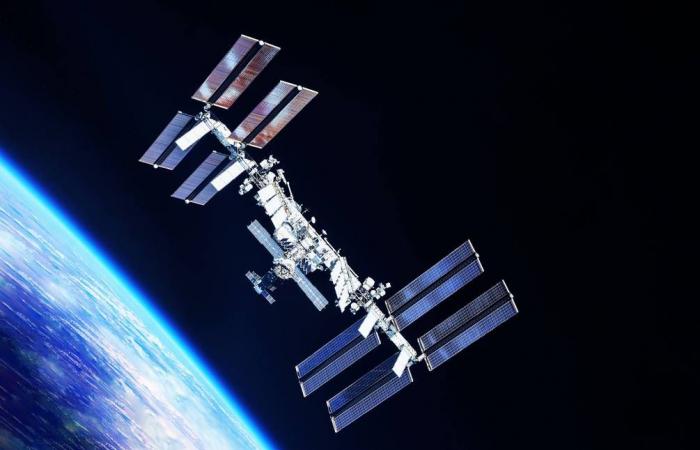
It has been home to astronauts for almost 25 years, about 400 miles above the Earth’s surface. But the International Space Station (ISS) will be destroyed in 2030, according to NASA.
The space agency has selected SpaceX of Elon Musk to build a ‘space tug’ vehicle that will drag the ISS back to Earth. When the two reach the Earth’s atmosphere, They will burn up, but NASA expects the risk of debris raining down on us to be very small.
Whatever the SpaceX tug looks like, It will have to be unmanned to prevent any astronauts from being affected.
The ISS has been an orbital laboratory and accommodation for astronauts from all over the world since 2000.
“The selection of a U.S. deorbit vehicle for the International Space Station will help NASA and its international partners ensure a safe and responsible transition to Earth orbit,” NASA said in a statement.
Two astronauts can’t return to Earth due to problems with a Boeing capsule
“After Musk’s company develops the spacecraft, the POT will take possession of it and operate it throughout its missionSpaceX has received $843 million to design and build the US Deorbit Vehicle, which could resemble its Dragon series of crew- and cargo-carrying rockets.
The first step in NASA’s plan is to allow The ISS begins to “decay” in its orbit, which means that it will naturally approach Earth due to the gravitational attraction of our planet. During this time, atmospheric drag will reduce the orbit, although this will take a few years to happen.
In 2030, the ISS crew will make the final descent to Earth and bring crucial equipment with them. The station will continue to approach Earth until reaching the “point of no return” 175 miles above the surface. And this is where SpaceX’s tug will somehow have to attach itself to the station and drag it into the planet’s atmosphere.
Elon Musk had a third child with Neuralink executive Shivon Zilis, Bloomberg notes
Most of the two spacecraft are expected to be burned up by the high temperatures of our atmosphere, but some could pass through it. Dr James Blake, a space debris researcher at the University of Warwick, said the mission should ensure this material reaches the ocean rather than land.
“Although it is expected that much of the structure break up and burn up upon re-entry into Earth’s atmosphere, some dense or heat-resistant components are likely to survive. (like the truss that forms the backbone of the station),” Blake told MailOnline.
Family sues NASA over metal object from International Space Station that crashed into their roof
The International Space Station is in good condition, the problem that NASA faces is that its obsolescence is a matter of time and They cannot risk a space object of such dimensions entering the Earth. without any type of supervision or control.
According to the European Space Agency, the annual risk of a human being injured by space debris is less than one in 100 billion. This is approximately 1.5 million times lower than the risk of dying in a domestic accident and 65,000 times lower than the risk of being struck by lightning.
NASA will dismantle the ISS early in the next decade due to stresses on the structure that have built up over time, as well as aging components.
“The International Space Station’s major modules and components have specific structural, data and power architectures that may not be compatible with future platforms,” the agency said.
Following calls to bring the ISS safely to Earth for public display or to reuse parts, NASA described this process as “unviable” and “very complex and expensive.” (YO)

